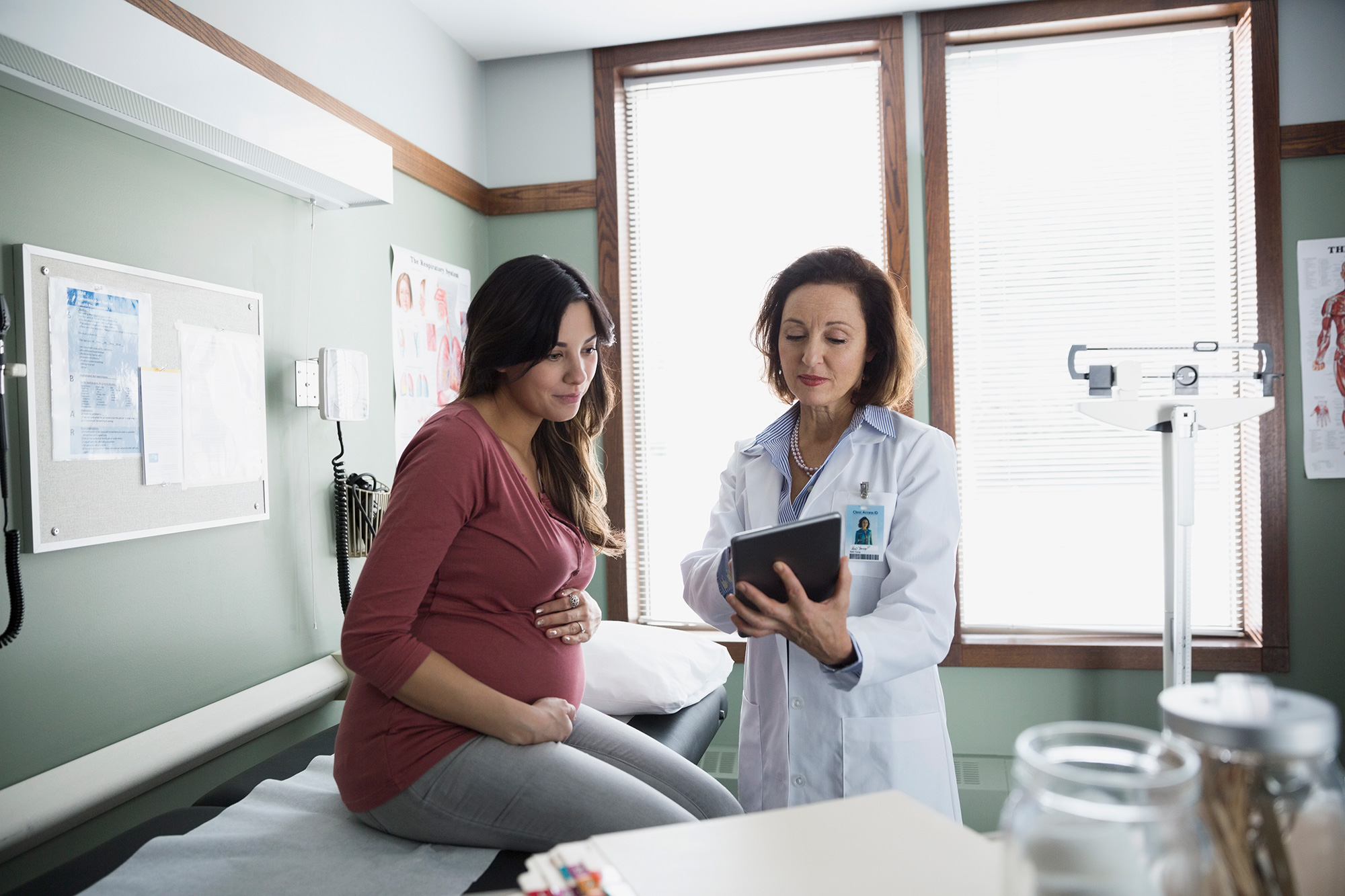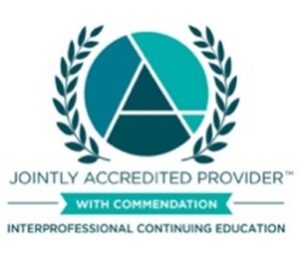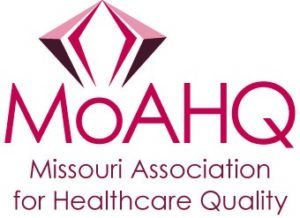Regular Sessions
Tuesday, June 11
Identification of Infectious Diseases: Chain of Infection, Organisms of Interest
This conference will prepare new infection prevention health care professionals to be facilitators and resources for surveillance, prevention and control of infections. It will aid professionals new to the responsibilities of infection prevention in managing the everyday duties of infection surveillance, analyzing disease data, and problem identification and resolution. This program will benefit acute, long-term, residential, ambulatory care, public health, rehabilitation, home health and mental health disciplines. It will enhance existing programs through a presentation of current guidelines and evidence-based practices applicable to infection control programs, product selection and evaluation. This conference allows participants to engage in hands-on case study group review activities and applications of user-friendly tools to enhance their infection prevention programs and goals.
Objectives
- review the chain of infection
- learn basic epidemiology terms
- discuss health care pathogens and multiresistant organisms
Kathleen McMullen, MPH, CIC, FAPIC
Director Infection Prevention
Mercy
Chesterfield, Mo.
Tuesday, June 18
Identification of Infectious Diseases: Microbiology, Antimicrobials and Resistance
The information gained from this presentation will set the foundation for this eight-week course. Learners will use and apply this information throughout the course as they learn the various elements and roles that define an infection preventionist. It will teach attendees the basic principles of microbiology, specimen collection and antimicrobial stewardship.
Objectives
- describe basic characteristics of microbiology/virology
- discuss appropriate specimen collection, transport and storage to ensure quality results
- identify normal flora and pathogens based on body site
- discuss antibiotic susceptibility testing methods and results
- differentiate between prophylactic, empiric and therapeutic uses of antibiotics
Cassandra Milnes, MSN, CIC
Infection Prevention Consultant
Boone Health
Columbia, Mo.
Tuesday, June 25
Preventing and Controlling the Transmission of Infectious Agents
This presentation provides a high-level overview of the key components for preventing and controlling infectious disease transmission within various health care settings, including hand hygiene, standard precautions, transmission-based precautions and process improvement initiatives.
Objectives
- explain the role of hand hygiene
- define standard precautions and transmission-based precautions
- define commonly used epidemiological and infectious diseases terminology
- describe the chain of infection and necessary steps to break the chain of infection
Laken Chaney
Infection Prevention Consultant
Barnes Jewish Healthcare
St. Louis
Tuesday, July 2
CAUTI/LabID, Data and Reporting Requirements
This interactive presentation will describe how to apply healthcare-associated infection criteria to cases for surveillance. HAI types include CAUTI and LabID events. The speaker will provide case examples to work through and apply the surveillance definitions. Common situations and FAQs will be discussed, along with resources to assist the learners when doing surveillance.
Objectives
- explain the CAUTI definitions, and identify resources to assist with applying the definitions
- identify which isolates are LabID events
- navigate additional resources to assist with CAUTI and LabID
Theresa Gratton, BSN, R.N., CIC
SSM Health Senior Infection Preventionist
SSM Health
St. Louis
Tuesday, July 9
Environment of Care and Cleaning/Disinfecting/Sterilization
This presentation provides information to the novice infection preventionist about the three categories of risk that guide disinfection and sterilization of medical equipment. Examples will include the different types of equipment and what level of disinfection or sterilization is required. An emphasis is placed on cleaning as the first step in any disinfection and sterilization process. Next, the role of the environment of care will be discussed, including a focus on air and water in disease transmission. The important concepts of protecting patients during construction will be relayed.
Objectives
- identify best practices for low level, high level and sterilization
- discuss the role of environmental surfaces in disease transmission
- identify the infection preventionist’s role in maintaining a safe environment for care delivery
Kathleen McMullen, MPH, CIC, FAPIC
Director Infection Prevention
Mercy
Chesterfield, Mo.
Tuesday, July 16
Survey Readiness
This session provides an overview of hospital regulatory readiness for new infection prevention professionals. Topics will include suggestions on how to prepare for a regulatory survey, elements to consider in the hospitals’ infection prevention plan, and how to access and interpret the Centers for Medicare & Medicaid Services Conditions of Participation.
Objectives
- identify how to access the infection prevention requirements of the Centers for Medicare & Medicaid Services contained in the hospital Conditions of Participation
- identify suggested elements to include in the hospital’s infection prevention plan
Luann Growe, MBA, BSN, R.N. CIC
Infection Control Coordinator
Overland Park Regional Medical Center
Overland Park, Kan.
Tuesday, July 23
Surveillance and Epidemiology
This presentation provides a high-level overview of surveillance, as well as the key components to preventing and controlling infectious disease transmission within various health care settings. This includes types of surveillance, mandated requirements, data collection tools, hand hygiene, standard precautions, transmission-based precautions and process improvement initiatives. The information gained from this presentation will assist the new practitioner with the development of a written surveillance plan.
Objectives
- identify the recommended and required surveillance activities to reduce and prevent healthcare-associated infections
- describe surveillance methods applicable to various practice settings
- explain the role of hand hygiene
- define standard precautions and transmission-based precautions
- define commonly used epidemiological and infectious diseases terminology
- describe the chain of infection and necessary steps to break the chain of infection
Megan Dethloff
System Director Infection Prevention
BJC HealthCare
St. Louis
Bonus Sessions
Thursday, June 20
Infection Prevention in the Operating Room
This interactive presentation will describe the crucial role of infection prevention in the operating room. Infection preventionists should engage and collaborate with the entire surgical suite, sterile processing department, environmental services, facilities management and supply chain to eliminate preventable surgical site infections and other healthcare-associated infections.
Objectives
- describe the importance of collaborating with disciplines across the surgical suite
- describe the importance of SSI data and quality metrics
- describe methods to prevent SSIs
- explain the role of the HVAC system in preventing surgical site infections
Danielle Wilson, MSN, R.N., CIC
Manager, Infection Prevention
Mosaic Life Center
St. Joseph, Mo.
Thursday, July 11
Occupational Health: A Primer for Infection Preventionists
A robust partnership between occupational health and infection prevention is essential to protect health care personnel patients and visitors from communicable disease. Realizing the potential strength of this relationship is essential for a streamlined, efficient and cohesive strategy to healthcare-associated infections and communicable disease risks.
This presentation will describe the role of occupational health, including respiratory protection, vaccination, exposure management and injury tracking. Particular emphasis will be placed on opportunities for partnership between occupational health and infection prevention to reduce risk from communicable disease threats.
Lastly, the presentation will discuss opportunities for learning and adoption of new methods by occupational health and infection prevention through interdisciplinary cooperation.
Objectives
- describe the role, responsibilities and priorities for occupational health for managing risks from communicable disease and noncommunicable disease challenges
- explain processes used by occupational health to manage respiratory protection, vaccination, exposure management and injury tracking
- explain the importance of a strong, collaborative relationship between occupational health and infection prevention
- identify commonly encountered challenges that benefit from collaborative approaches
Christopher Blank
Infection Preventionist
BJC HealthCare
St. Louis
Emerging Infectious Diseases and Introduction to Preparedness
This presentation discusses the national strategy of all hospitals being able to identify, isolate and inform appropriate partners when facing an emerging infectious disease or special pathogen. Infection preventionists will learn fundamental operational aspects of the implementation of this strategy. Best practices and lessons learned will be provided as participants customize this strategy to their own facility. Participants will learn the underpinnings of safe patient care at their facility.
Objectives
- explain the principles of identify, isolate and inform for disease outbreaks
- explain how to operationalize these principles in the emergency department
- describe the EMS special pathogen transport plan
- explain the basic principles of performing safe care until transport to an appropriate facility is available
Keri Barclay, R.N., CHEP
Manager of Clinical Preparedness
Missouri Hospital Association
Jefferson City, Mo.
















